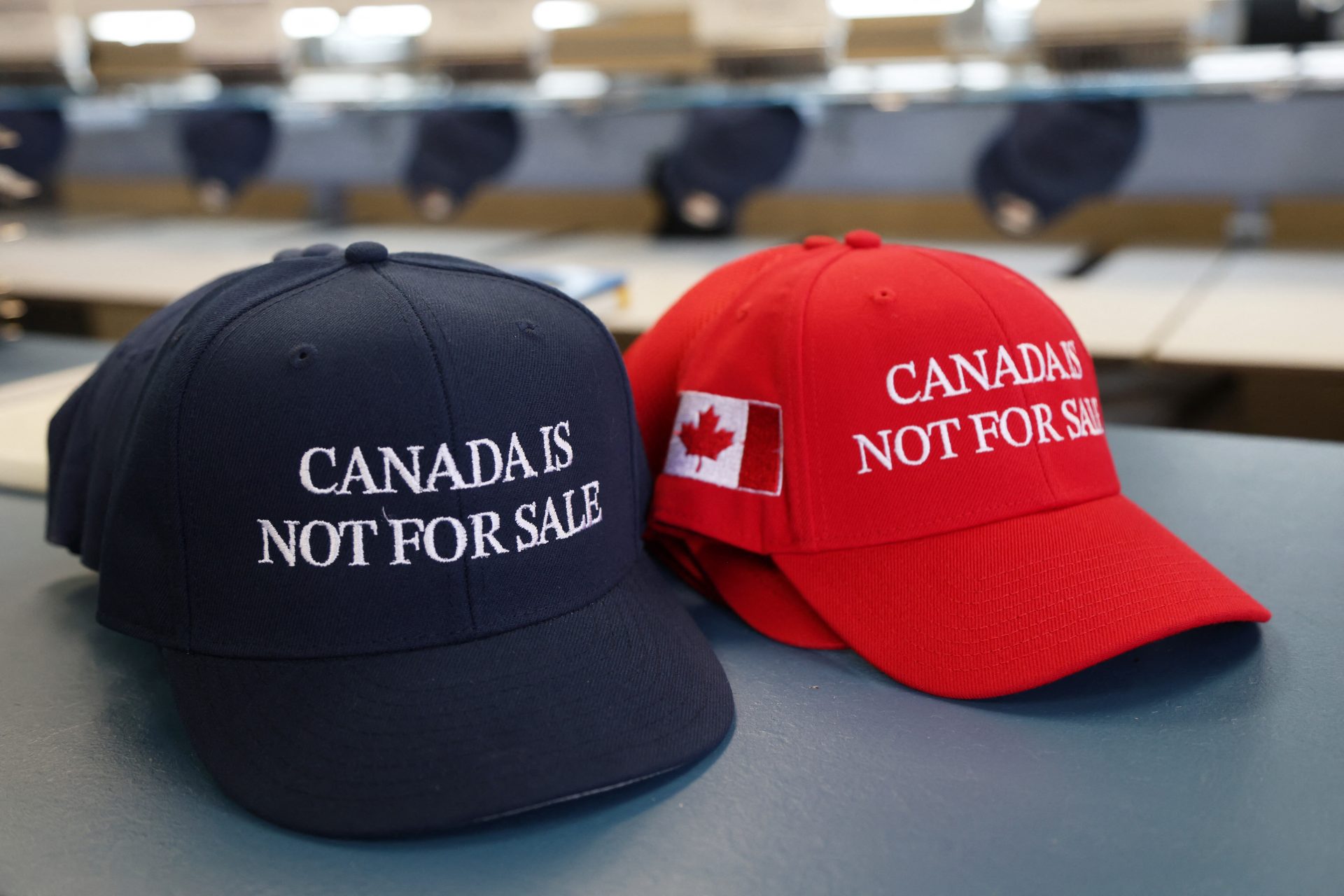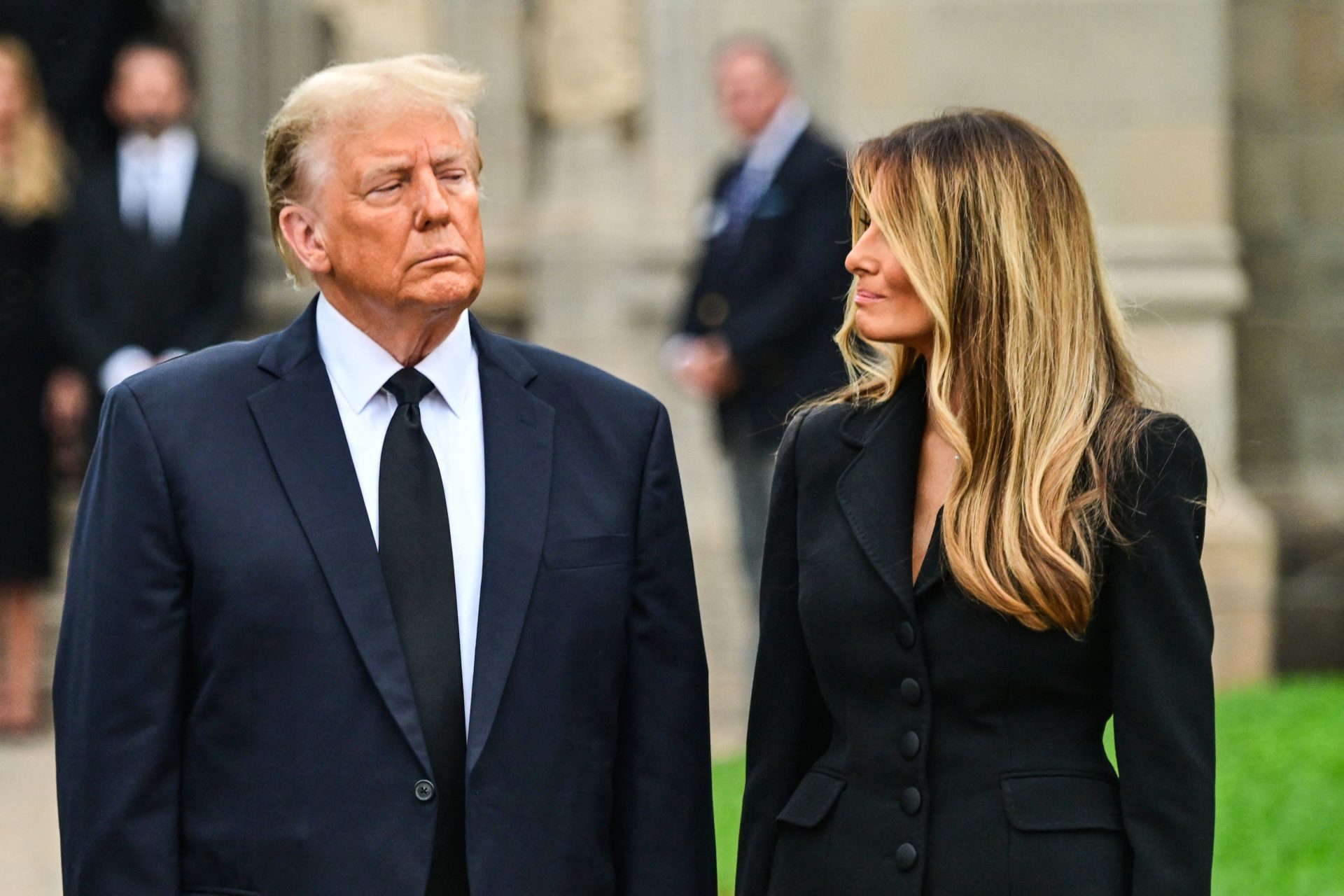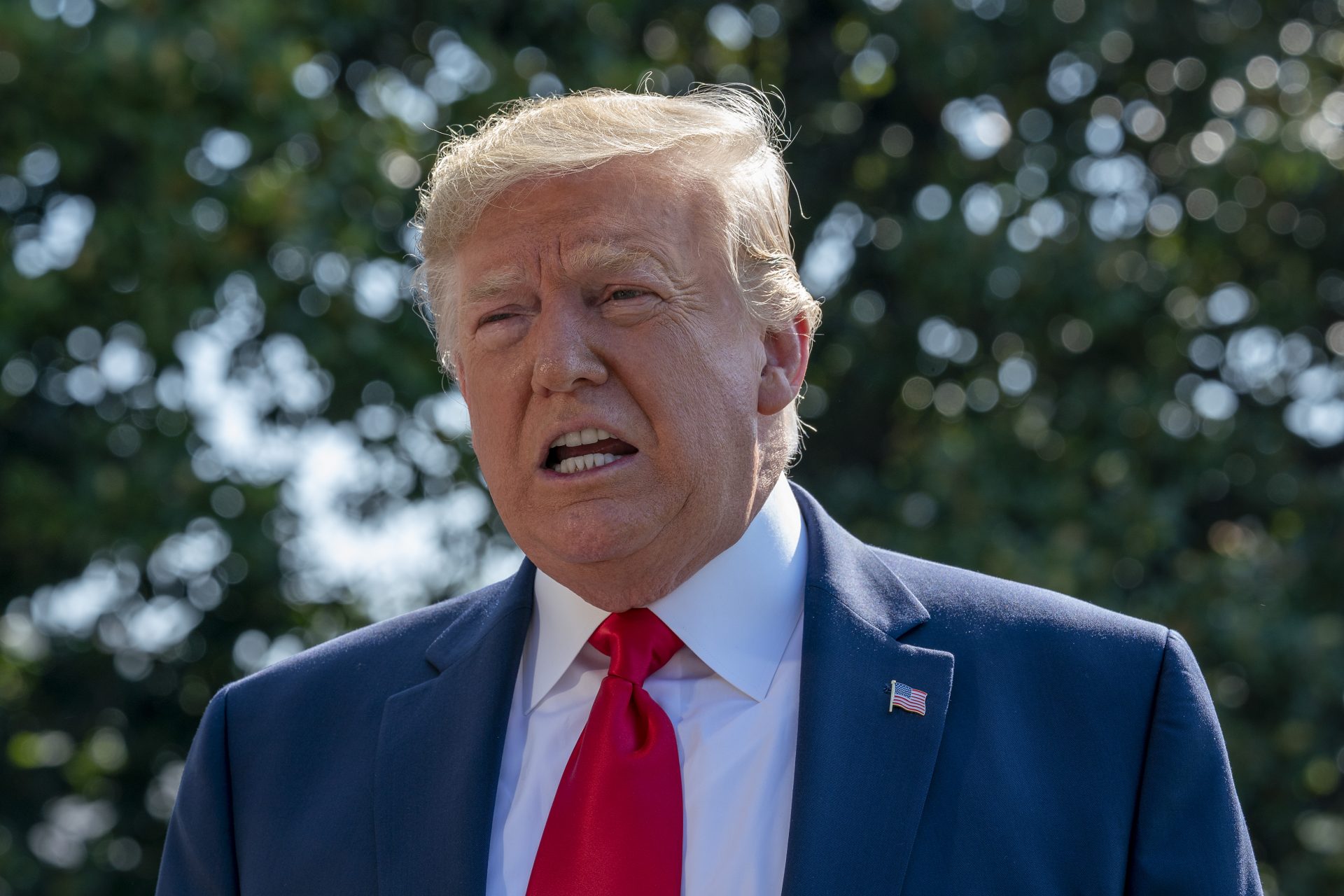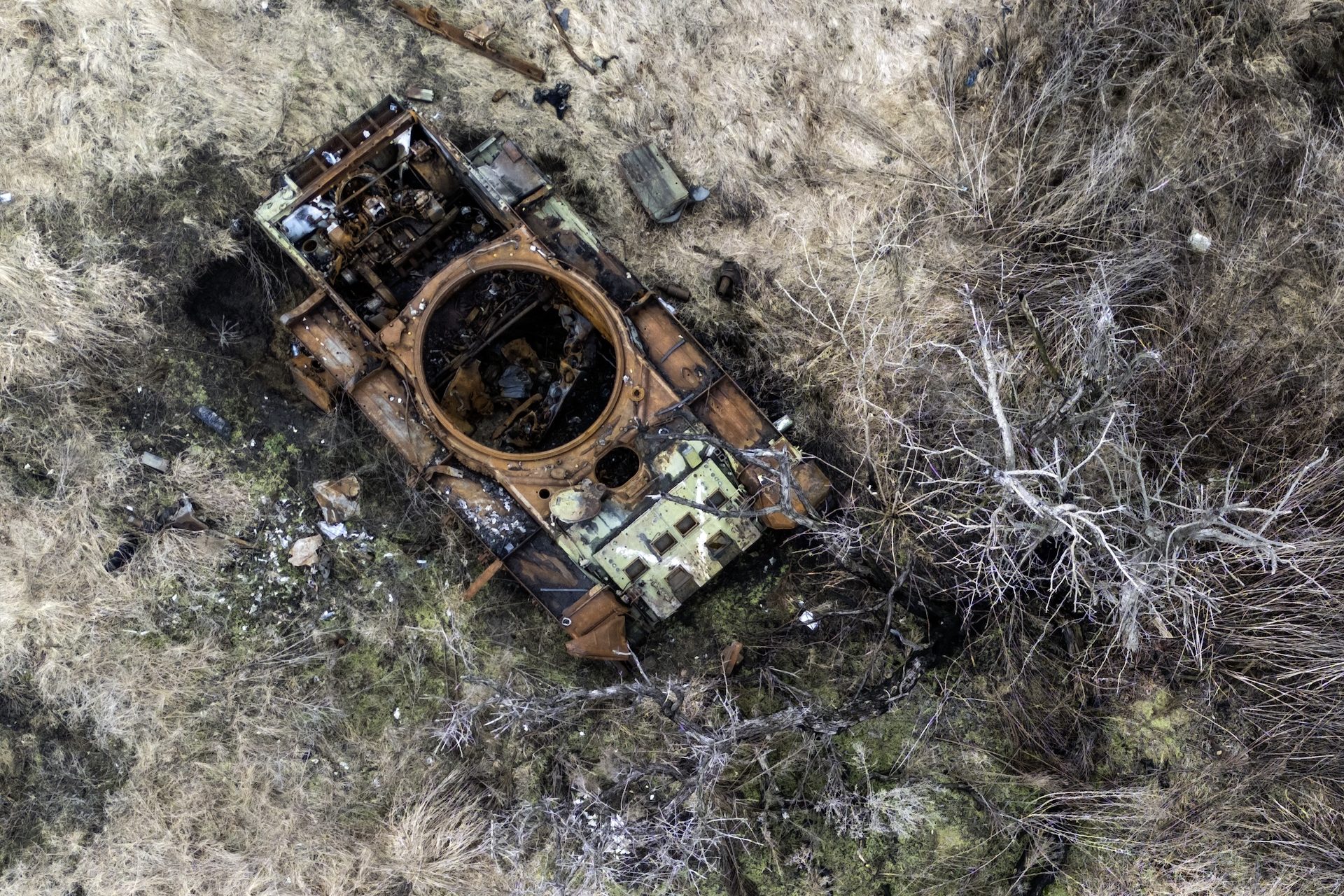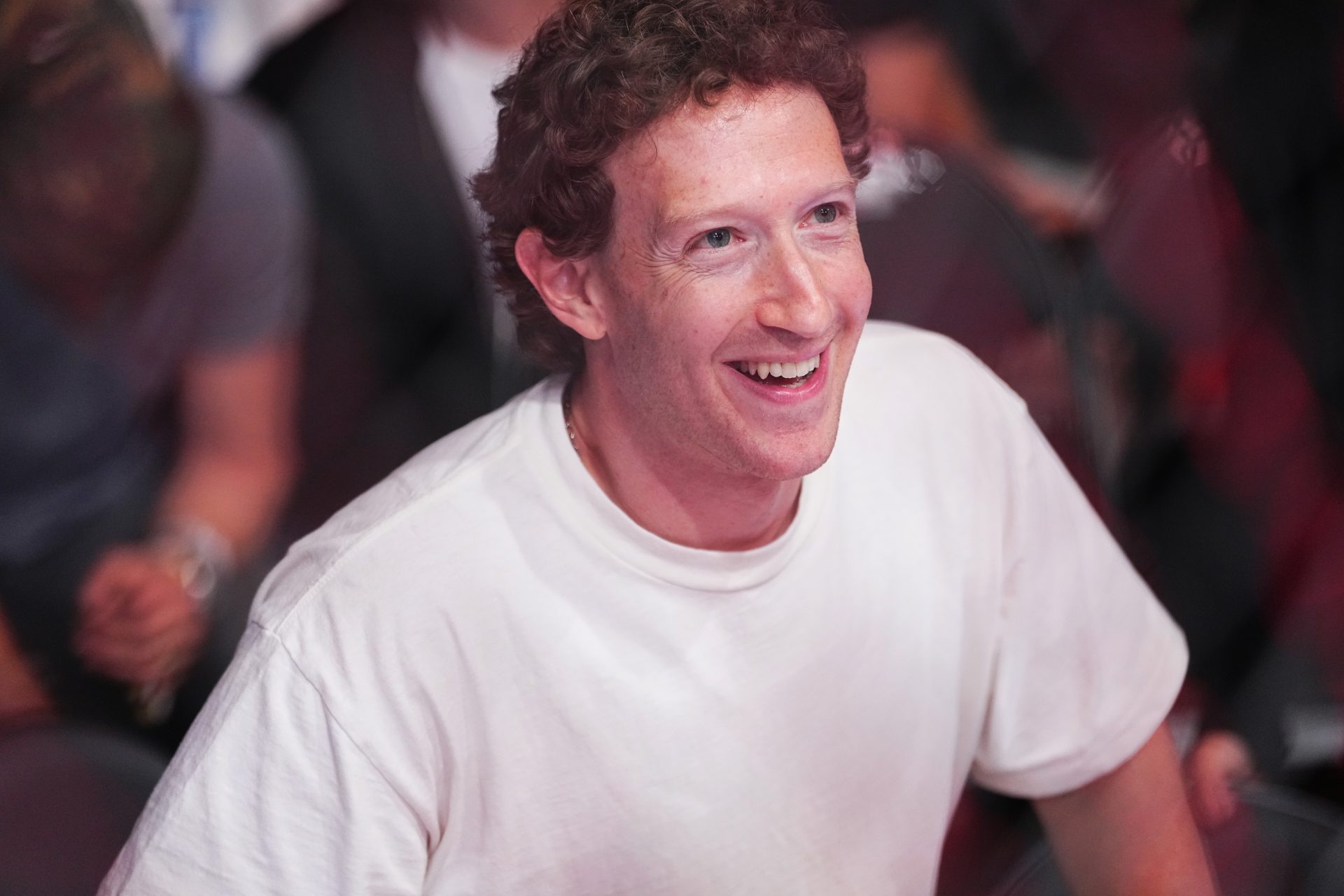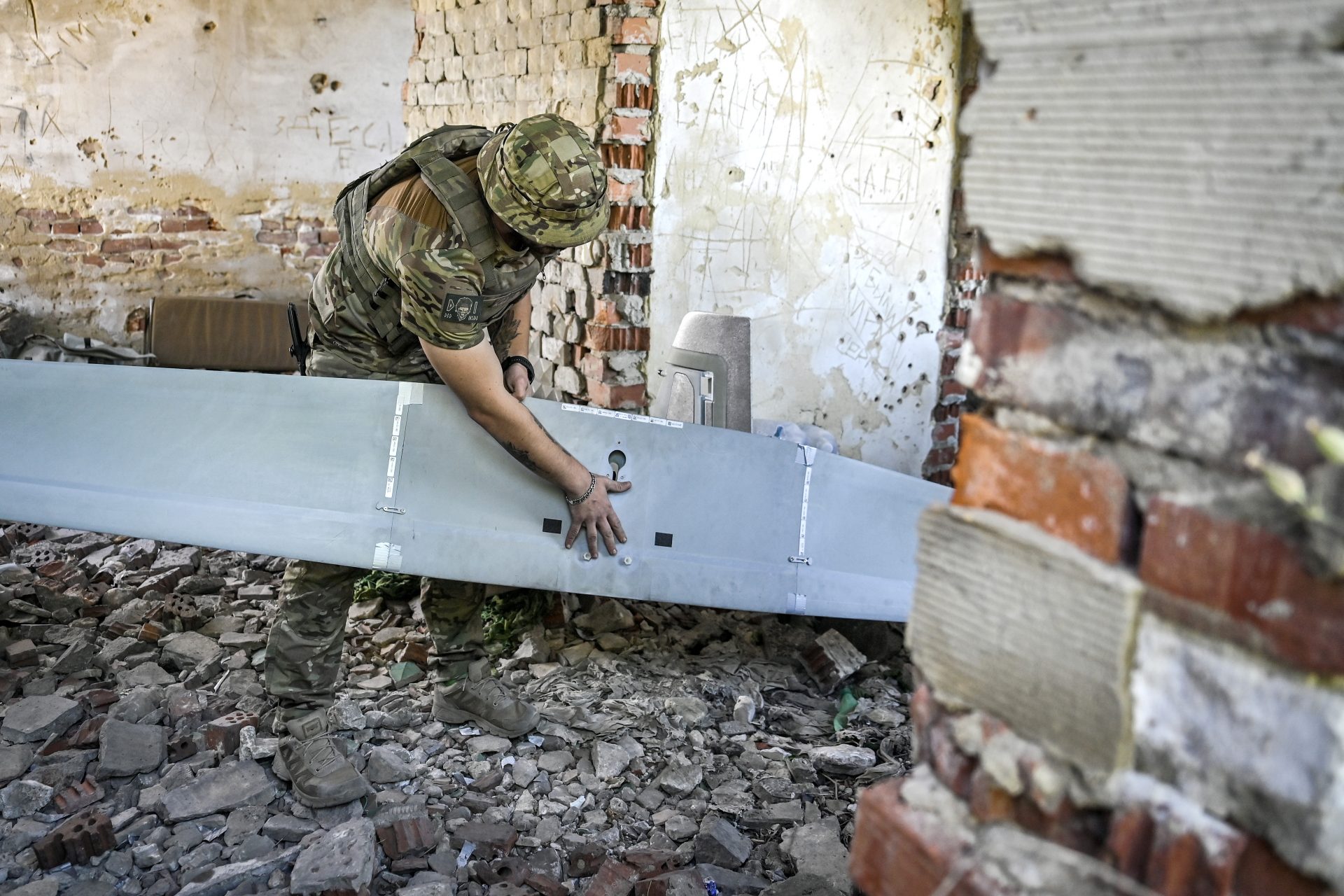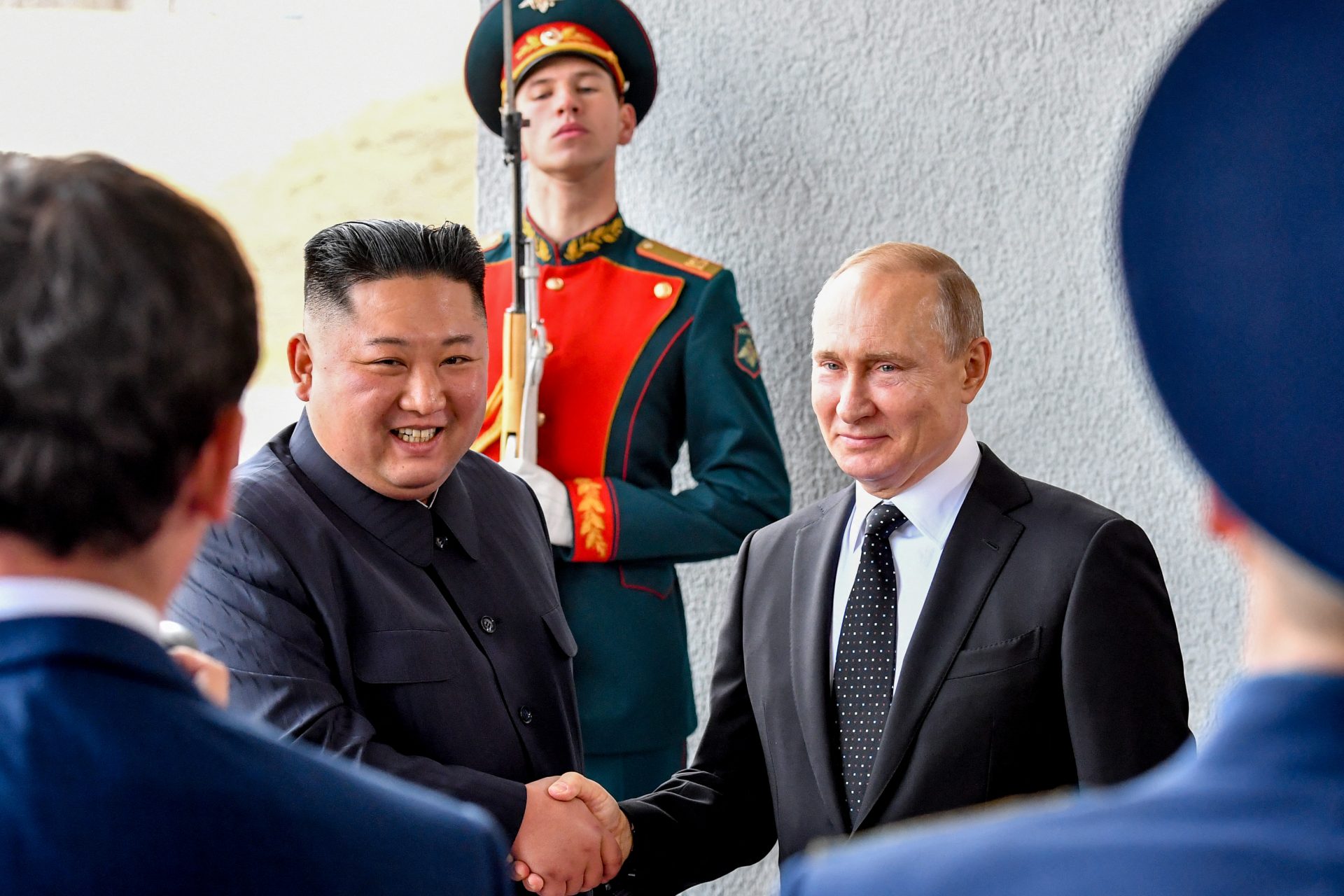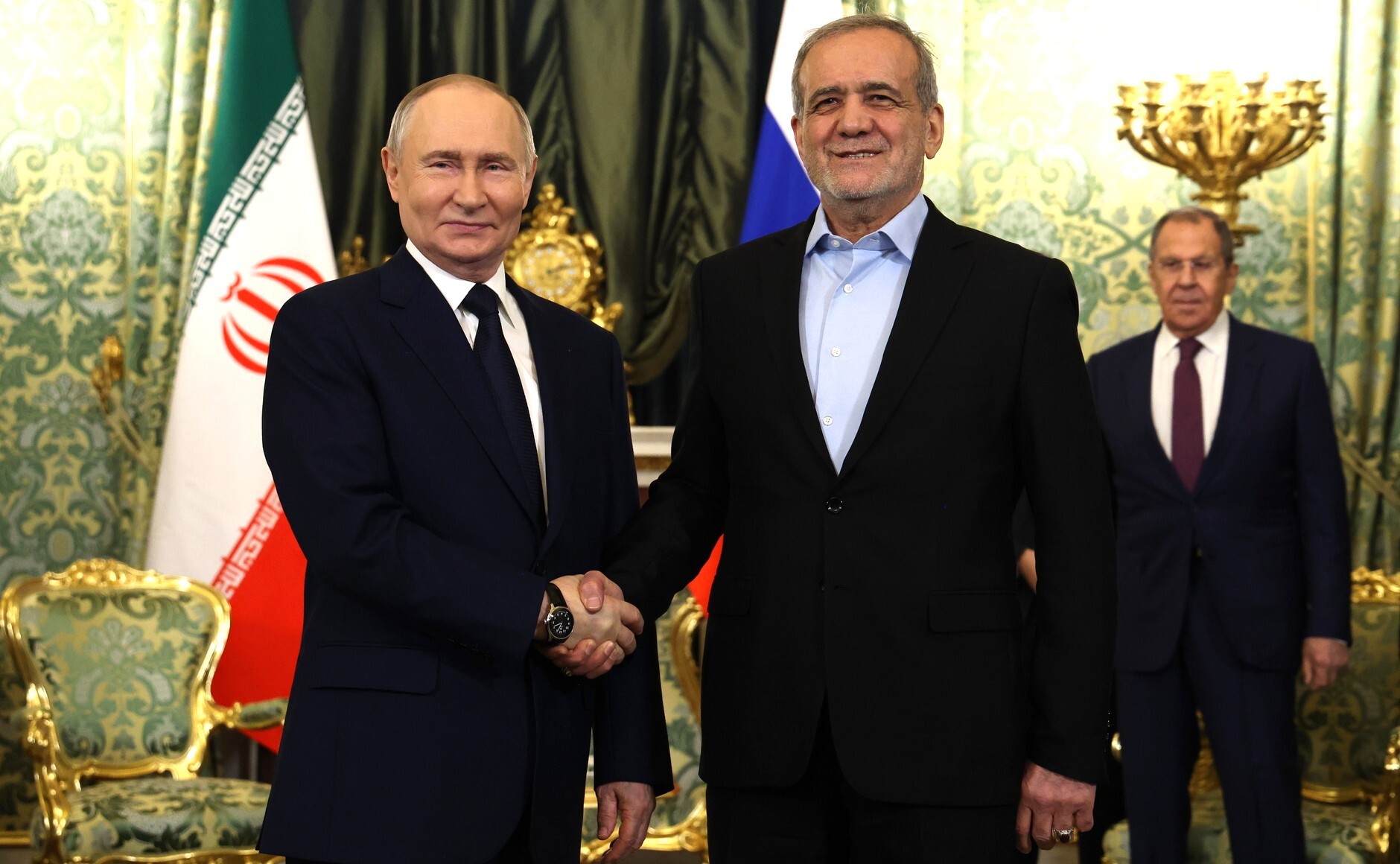Daniel Smith, the last child of an enslaved person and a witness to change
Daniel Smith, who historians thought to be the last child of an enslaved person, died on October 19, 2022. Smith witnessed some of the most important moments of American Black History during his 90 years. According to The New York Times, his wife Loretta Neumann said the cause was congestive heart failure and bladder cancer.
Smith's father, Abram, was born into slavery during the Civil War. Daniel was born in 1932 when his father was around 70. It is impossible to confirm whether he was the last son of an enslaved person. However, historians studying the subject do not know of any others, according to The New York Times.
Daniel Smith grew up in Winsted, Connecticut. The retired federal worker lost his father at 6, but he remembered the stories he told him about slavery for his whole life. Money in his home was tight, so Smith worked at a veterinarian's office before and after school. There is where he first dreamed of becoming one, according to Martin Dobrow, a professor at Springfield College.
A series of historical events and characters have touched Daniel Smith. He shared a school with prominent journalist David Halberstam and presidential candidate Ralph Nader. He fought in the Korean war and witnessed the Civil Rights Movement. "A friend calls me the black Forrest Gump," he joked to The Economist in 2021.
After his duty in the Korean War, where he developed Red Cross water safety skills, Daniel Smith returned to Winsted. In August 1955, two hurricanes flooded the town, causing the death of 87 people. Smith dove in and saved the life of a trucker. Legendary writer John Hersey described his heroic act in an article for The New Yorker.
Around the time of the flood, Smith recalled that a young woman drowned in a quarry when he was working in a YMCA camp. Rescuers pulled her to shore, where Smith prepared for CPR. He heard a white policeman screaming for him to stop while the girl died. "That's racism at the height of it," Smith told Prof. Dobrow. "He let the girl die rather than have a Black man touch her lips. I'll never forget that."
The year after, Smith went to Springfield College in Massachusetts. "He navigated that white world well," Prof. Dobrow writes. Smith became a wrestler, sang in the glee club, and was elected president of the student council.
Smith graduated in 1960 and worked as a social worker for three years. He served in state psychiatric hospitals, where he realized the discrimination this group was a victim of, he told Prof. Dobrow.
In 1963, Smith and his colleague Barry Fritz (a white Ph.D. candidate from New York) drove to attend the Washington March. He recalls a police officer stopped them when arriving in the city, and they expected the worst. But, when he heard they were there for the march, the policeman escorted them to a safe place where they could sleep.
On August 28, 1963, Daniel Smith and Barry Fritz followed Dr. Martin Luther King Jr. through the March on Washington. They walked to approach the Memorial of Abraham Lincoln, the man that had freed his father when he was a child. Dr. King gave his famous 'I Have a Dream' speech there. Prof. Dobrow writes: "Dan Smith looked up and saw Barry Fritz was crying. And then he realized that he was, too."
After the March on Washington, Daniel Smith decided to follow his dream: becoming a veterinarian. He enrolled in the Tuskegee Institute, a historically black university in Alabama.
Shortly after Smith arrived in Tuskegee, the president of the Institute called him to his office. He had spoken with the President of Springfield College and learned about Smith's leadership skills. According to the story published by Prof. Dobrow, the president urged Smith to continue his service to Civil Rights. He did: he worked as the associate director of a tutoring program across 12 Alabama counties.
In 1965, Montgomery, Alabama, was the center of violence against an African-American movement for voting rights. Daniel Smith worked close by for a federal antipoverty program in Lowndes County. Prof. Dobrow says in his recollection of Smith's story: "This county was notorious for its racism. Eighty percent of the people who lived there were Black. All of the registered voters were white".
On March 1965, on what became known as Bloody Sunday, police on horses attacked peaceful protesters on Edmund Pettus Bridge with tear gas and clubs. Two weeks later, Dr. Martin Luther King Jr. led a march from Selma to Montgomery to demand voting rights for African-Americans. Daniel Smith joined him. Shortly after, the Voting Rights Act passed.
Daniel Smith was not safe from the violence against African-Americans that year. Locals burned the church office where he worked and punished the judge that gave him access to water and electricity by poisoning his cows. One night, while driving on a dark road, a group of white men chased him, screaming racist epithets and trying to push him into a ditch. "If they'd have caught me, I'd have been dead," Mr. Smith told The New York Times in 2013.
In 1968, he moved to Washington to work for the Federal Government. He did so in education, health, and antipoverty programs for 25 years. According to Prof. Dobrow, "Smith established a national health education program, the Area Health Education Center (AHEC), that is still going strong after almost 50 years". He also replicated this program in South Africa.
Smith also attended the inauguration of President Barack Obama in 2009. "I could not believe in my life that I would see a Black president, that America would vote for a Black president. When Obama came on, I cried," he told Prof. Dobrow.
A few years later, as the Black Lives Matter movement took a stand against police brutality, Smith would reflect on Obama's inauguration. He believed this milestone provoked a militant white reaction. The former bureaucrat told The Economist that racist policing is more dangerous for black kids than what his generation faced. "There's a big question about where we go from now," he added.
After the murder of George Floyd, Daniel Smith showed mixed feelings. "Quite frankly, I am exhausted," he told Prof. Dobrow that year. "I'm through demonstrating, joining a big march, and having the horses come after you — that kind of thing. It's just painful." But the sight of many marchers asking for justice seemed different: "It's all so hopeful," he concluded.
More for you
Top Stories






















